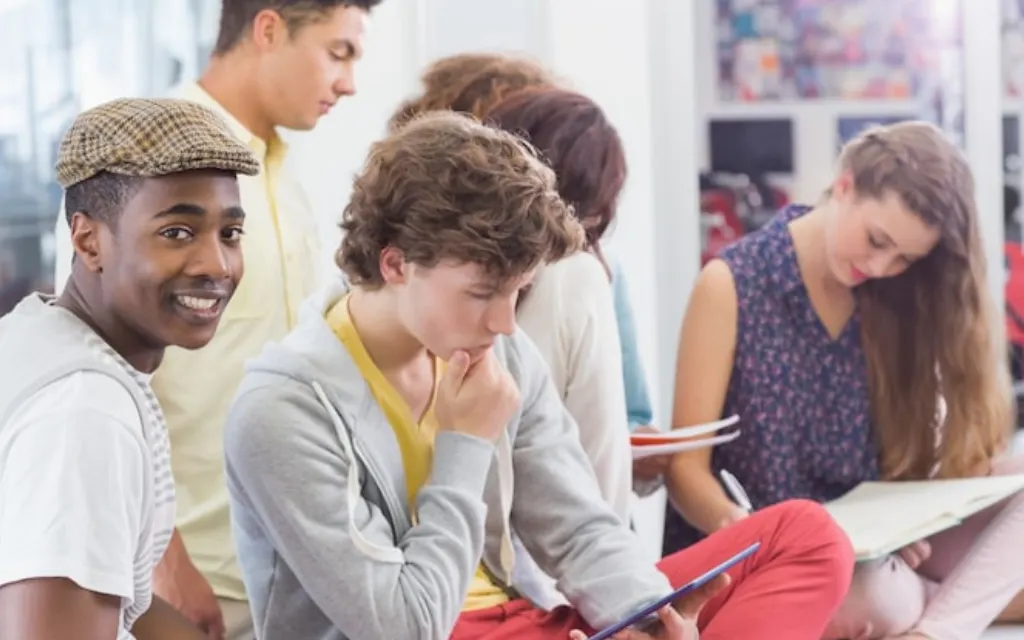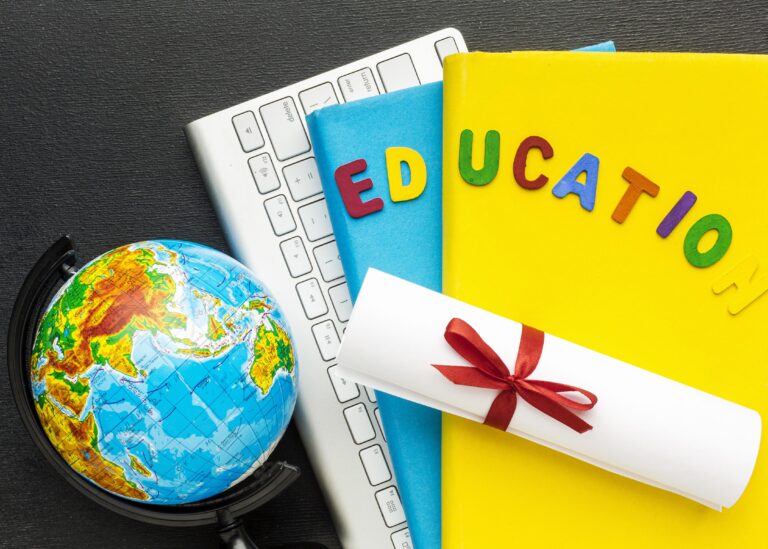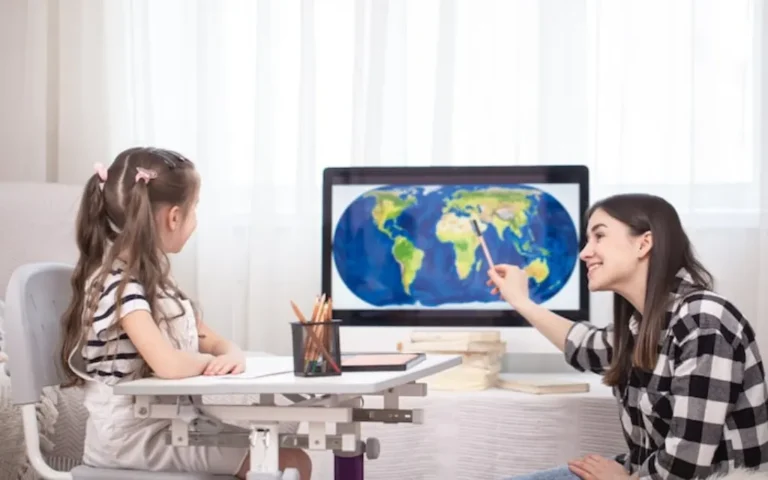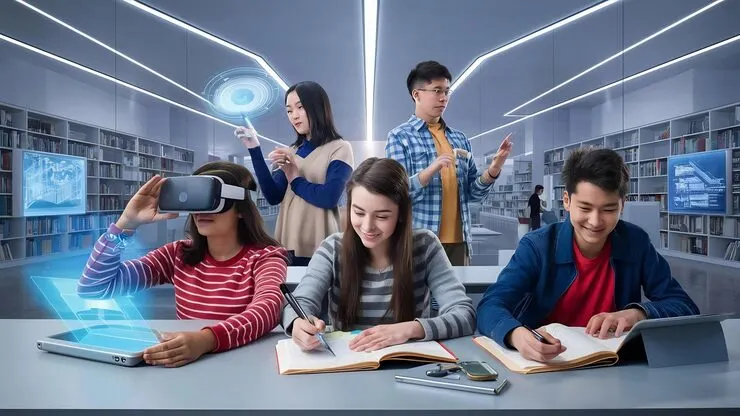5 Powerful Ways a Youth Education Series Unlocks Potential and Inspires Lifelong Learning
When young students engage with a youth education series, they begin a journey that shapes not only what they learn but how they grow. A youth education series is more than just lessons or modules it is a framework that supports learning across age groups with purpose clarity and excitement. In this article we explore the role of a youth education series in modern classrooms at home and in community settings by integrating best practices and real life stories.
What Does a Youth Education Series Mean
A youth education series refers to a set of sequential learning modules or episodes designed especially for young learners. These series often follow a consistent theme or storyline and build knowledge in stages. Teachers parents and mentors use them to guide children through topics like reading writing science art or social skills. The intent is growth year by year so that each part of the education series reinforces previously mastered skills while introducing new ones.
Relevant keywords here include early childhood education youth learning curriculum development skill building creativity and learner engagement. A well designed youth series bridges gaps in understanding and lifts confidence.
Goals of an Effective Youth Education Series
An effective youth education aims to accomplish several goals that support overall child growth.
- Build foundational academic skills such as literacy numeracy critical thinking and problem solving
- Foster social emotional competencies like empathy communication teamwork and self awareness
- Encourage curiosity creativity imagination and love for lifelong learning
- Adapt to different learning styles needs and environments including home school classroom or informal settings
By addressing these goals a youth series becomes more than content delivery it becomes a catalyst for transformation in the child’s life.
Key Features of a Quality Youth Education Series
To design or select the best youth education series certain features must be present. Here are some of those essential features:
- Sequential design ensuring each lesson builds on earlier lessons to deepen understanding of content and skills
- Interactive components such as discussions projects experiments to engage youth learning actively
- Flexibility to accommodate different pace levels learning preferences and cultural backgrounds
- Assessment and feedback tools that help both instructor and learner track progress and adjust course
These features help maintain interest keep motivation high and ensure that a youth education delivers real measurable improvement.
How to Implement a Youth Education Series in Schools
Implementing a youth education series in school requires planning cooperation and follow through. Teachers administrators and support staff need to collaborate on curriculum alignment teacher training and resource allocation.
Start by selecting or designing a series that aligns with school standards academic goals and values. Then integrate it into daily lesson plans setting weekly or monthly modules that reinforce the content. Use assessments not just to grade students but to find where the education series is succeeding or needs adjustment. Encourage project based learning and group work so learners can apply what they have learned in meaningful ways.
Using a Youth Education Series at Home or in Community Settings
Parents guardians and community leaders can also benefit from a youth education series. Many families prefer to supplement schooling with outside resources or use a series for home schooling. Community centers churches or clubs may run programs structured as a series to help youth development outside formal school.
In such settings the youth education should be made engaging with hands on activities field trips storytelling arts and peer interaction. The social support and safe learning space matter as much as the content itself.
Examples of Youth Education Series Across Subjects
A youth education series can be framed for many subject areas Here are some examples:
- Reading and Writing Series where each module matches story complexity to build comprehension vocabulary and composition skills
- STEM Series with topics like basic science experiments robotics coding or environmental studies
- Arts and Culture Series exploring music drama visual arts dance or history of world cultures
Each of these subject focused youth education helps students dive deep into content while developing related skills like creativity communication and critical thinking. Role of Teachers in a Youth Education Series
Teachers are central to the success of any youth education series. When teachers are well trained understand pedagogical methods and can adapt the series to their learners they make the difference between rote memorization and real learning.
Important teacher responsibilities include selecting engaging materials guiding discussions encouraging questions providing feedback and adapting pacing. The teacher’s enthusiasm and consistency also reinforce learning and make the youth education serie feel alive rather than mechanical.
Measuring Success of a Youth Education Series
Without measurement a youth education cannot improve or prove value. Evaluation should include both quantitative and qualitative metrics.
Quantitative measures include grades test scores reading levels or number of completed assignments. Qualitative ones include student reflections self confidence peer interaction and ability to apply learning in unseen situations. Feedback from parents caregivers and teachers also shows how well content resonates outside the classroom.
Challenges in Delivering a Youth Education and How to Overcome Them There are challenges when implementing any youth education series. Common obstacles include limited resources low student motivation or lack of access.
Ways to overcome these challenges:
- Partner with local organizations to secure funding materials or volunteers
- Use technology where possible to deliver content digitally when physical access is limited
- Make learning relevant to daily life to boost engagement and show value
- Customize pace and style to meet diverse learner needs
Overcoming these issues ensures the youth education remains inclusive equitable and effective.
Integrating Technology into Youth Education Series
Technology offers many opportunities to enhance a youth education series. Learning management systems digital games interactive videos and virtual simulations can make content more vivid memorable and fun.
Teachers can use online quizzes adaptive learning platforms and mobile apps to provide differentiated instruction. Smart boards or tablets allow for collaborative tasks where students interact with content directly. Integrating technology also helps track data more effectively for monitoring how well the education series works.
Engaging Parents and Guardians with a Youth Education Series
Parents and guardians play a big role when they support a youth education at home. Open communication between educators and families helps keep learning consistent.
Some strategies:
- Share learning goals milestones and schedules with families so they know what children are working on
- Encourage family activities that tie into the series for example reading together or joint projects
- Provide simple guides or workshops so parents can help with homework or understanding curriculum
When families feel involved the youth education series becomes broader than classroom walls and supports growth in all settings.
Sustainability and Long Term Impact of a Youth Education Series
A well established youth education series has effects that go beyond immediate test scores. Over time students build habits of self discipline continuous learning curiosity and resilience. These traits serve them in academic settings work life and personal growth.
Moreover a series that evolves with feedback community input and changing needs stays relevant. Sustainable funding teacher training and resource planning ensure that the positive outcomes multiply across cohorts of youth.
Case Studies: Success Stories of Youth Education Series in Action
Here are real world stories of how a youth education series made a difference
In one district a reading and language youth education series improved literacy rates among early grade students by focusing on phonics interactive reading and family involvement The series involved weekly reading nights and teacher coached reading groups.
In another community a STEM focused youth education series introduced robotics and environmental science modules The youth participating reported greater interest in science subjects and showed improved problem solving skills in standardized tests
These examples show how when designed well and delivered with passion the youth education series helps youth become more confident capable and curious.
Tips for Designing Your Own Youth Education Series
If you are considering creating a youth education series you can follow some practical steps to ensure success
- Begin with clear learning outcomes for what youth should know and do after each module
- Gather or create content that is age appropriate visually engaging and culturally relevant
- Plan activities that encourage active participation discussion projects and experimentation
- Build assessment points to measure progress and allow room for feedback and revision
By following these steps your youth education series can be effective and meaningful for all learners.
FAQS
What age groups can best benefit from a youth education series
A well structured youth education series can serve a wide range of ages from early childhood through adolescence The key is to adjust content difficulty pace and themes so that younger children receive simple engaging modules while older ones tackle more complex ideas
How long should each module of a youth education series last
Duration depends on learner age subject matter and setting In school settings modules may last for a few weeks each In home or community settings shorter modules or episodes that last a few hours may work best The youth education series should allow enough time for understanding practice and feedback
Do I need special equipment or technology to run a youth education series
Not always Some series work well with basic tools like books art supplies charts or workbooks But technology such as computers tablets projectors or digital platforms can make delivery easier more interactive and better suited for remote or blended learning situations
How do I adapt a youth education series for diverse learning styles
To adapt a youth education series for visual learners use images videos and demonstrations For auditory learners include discussions songs storytelling For kinesthetic learners use hands on experiments movement and projects For learners who prefer reading and writing provide texts worksheets journals
How can I measure whether a youth education series is successful
Success can be measured through test scores grades and completion rates but also through qualitative feedback You might track learner confidence engagement attendance participation and ability to apply what was learned in other contexts Interviews focus groups peer observation and surveys help determine whether the youth education series achieves deep learning
If you would like suggestions for specific youth education series resources or examples tailored to your region or interest I can gather them next







